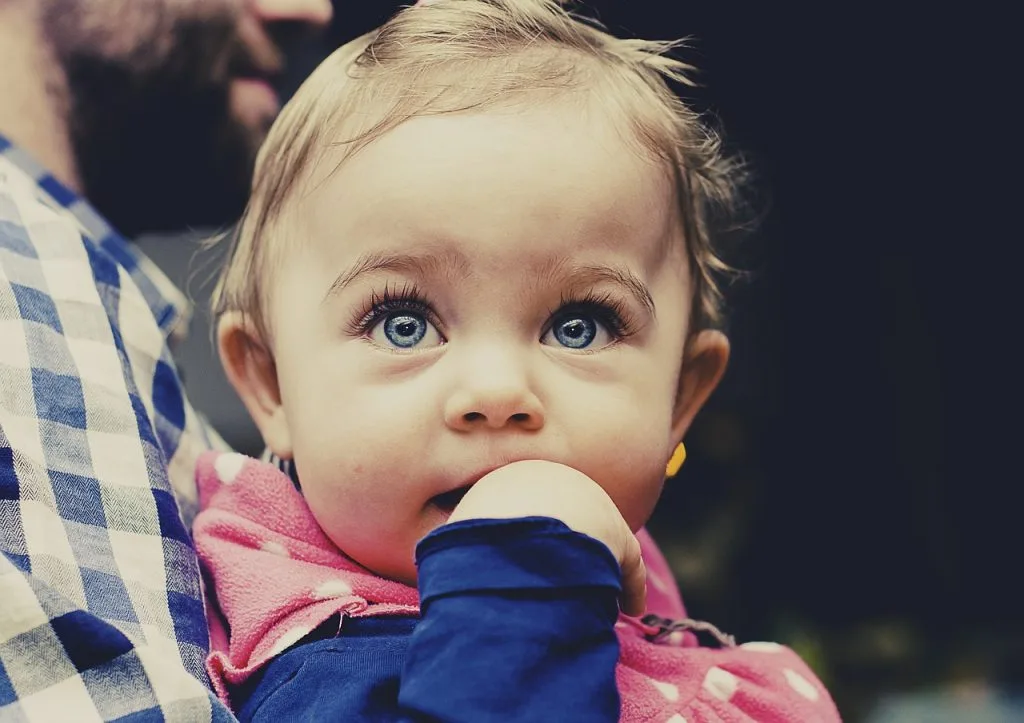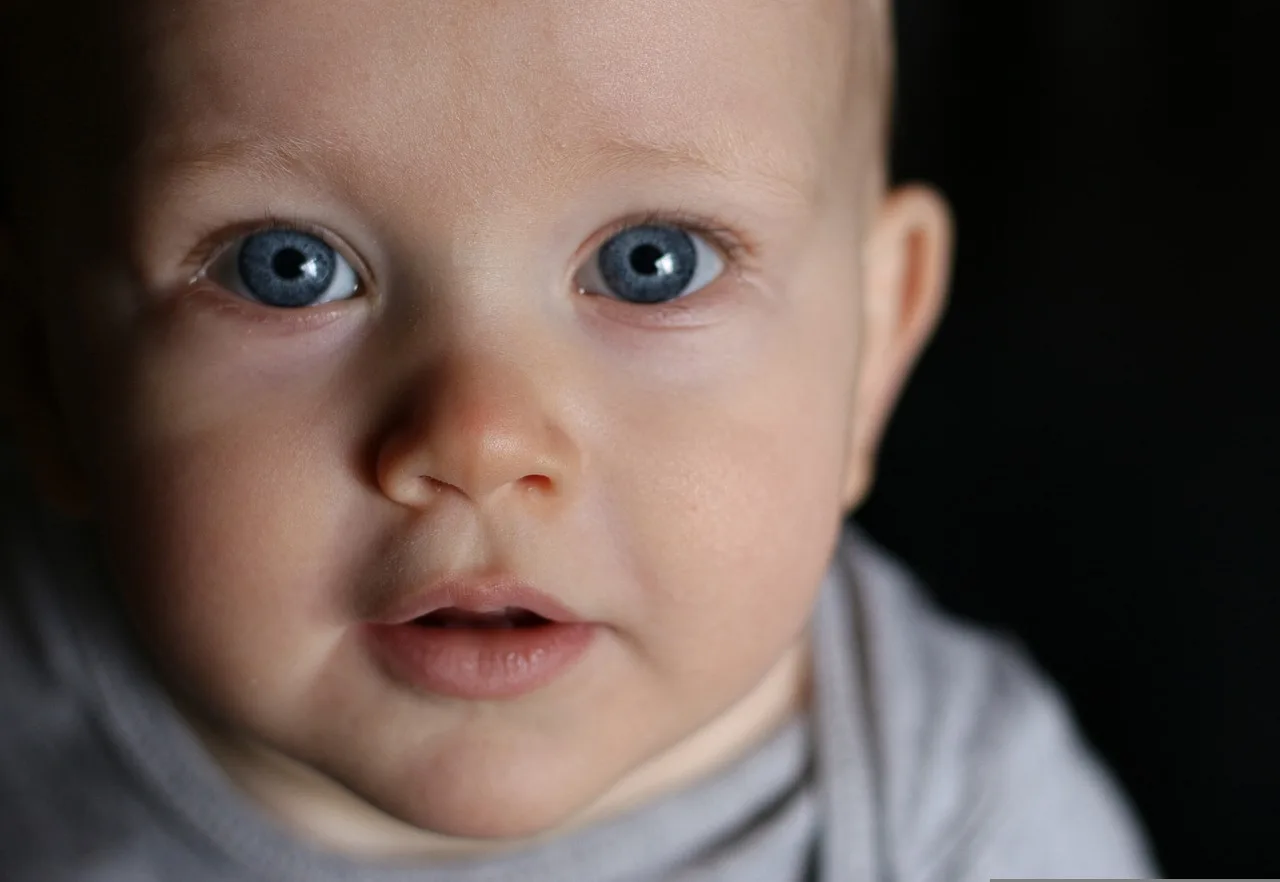It is a common belief that every newborn has blue eyes, which later change color. We decided to check if this is true.
Articles that everything babies are born with blue eyes, you can meet on educational, medical and specialized ophthalmological resources, often even with links to doctors. Users are discussing this topic on portalsdedicated to motherhood And children, as well as on women's forums.
Melanin influences the color of a person's eyes (as well as the color of hair and skin). The color of a person's eyes is determined by genetically. Most genes associated with eye color are involved in the production, transport or storage of the pigment melanin. The color of our eyes is directly related to the amount of melanin in the anterior layers of the iris. If there is little melanin in the iris, the eyes will be blue, if there is a little more - green or light brown, if much more - then dark brown.
Scientists claimthat in fact, every person has brown eyes - it’s just not visible. The fact is that melanin itself, which is responsible for color, is dark brown; there is no green, blue or gray pigment in the iris. So how can someone have blue or green eyes? Melanin has the ability to absorb light. However, the more melanin inside the iris, the more light is absorbed and less is reflected outward, causing the iris to appear brown. If there is little melanin, the light is scattered and then reflected at shorter wavelengths in the blue range of the light color spectrum and the eyes appear blue.
Melanin allocate melanocyte cells that respond to light. Since babies are in complete darkness in the womb, melanin is not produced. However, melanocytes begin to actively work as soon as light enters the child’s eyes. This is why the color of his eyes can often change dramatically within a year after birth: melanin is produced, accumulates and changes the appearance of the iris.

However, contrary to popular belief, not all children are born with blue eyes. In 2016, scientists conducted study at Lucile Packard Children's Hospital at Stanford University School of Medicine and found that of 192 children who took part in eye screening, 63% had brown eyes at birth. 20.8% had really blue eyes, 5.7% had green or hazel eyes, and 9.9% had an unspecified color. Most brown-eyed children were from Hispanic, African American, or Hawaiian families, while blue-eyed children were born primarily to Caucasian parents. However, scientists note that there is no data on the origin of many of the subjects being studied, so it is still impossible to talk about a correlation with certainty.
Again, it’s a matter of genetics: some children already at birth The body has a lot of melanin; it does not require exposure to light to produce it. Therefore, they are immediately born with brown eyes, and the color of their iris does not change.
So, no, not all children are born with blue eyes. Scientists conducted a study, and in it there were three times more brown-eyed babies than blue-eyed ones. The study sample was quite small, so it cannot be said that this ratio is true for the entire world and the entire human population. However, the fact that brown-eyed newborn babies exist is undeniable.
Not true
Read on the topic:
- Is it true that there is an innate aptitude for mathematics?
- Is it true that coddling children is harmful to their development?
- Is it true that listening to classical music by a pregnant woman has a positive effect on the fetus?
If you find a spelling or grammatical error, please let us know by highlighting the error text and clicking Ctrl+Enter.






